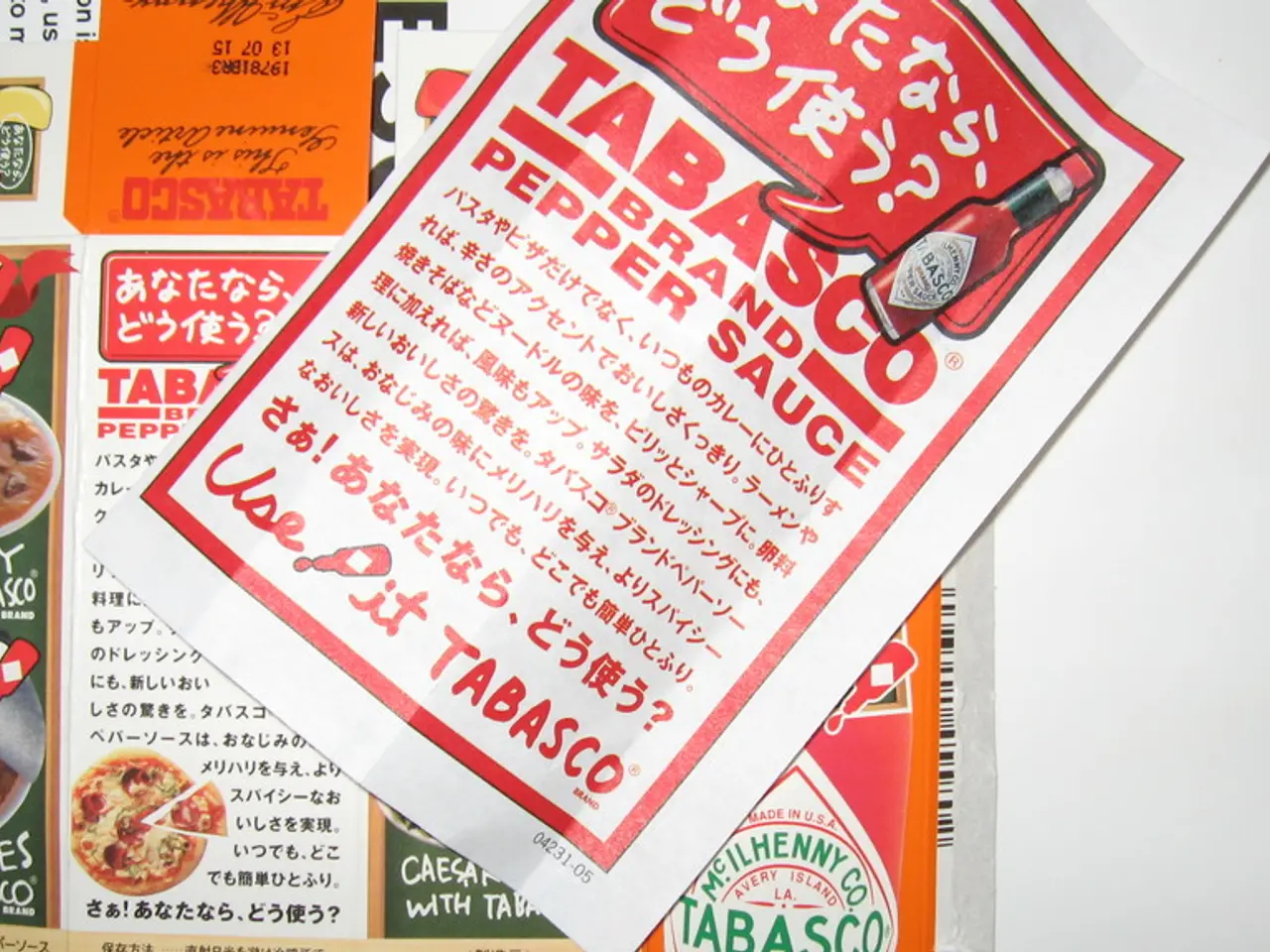Exploring the Advantages of Herbal Remedies for Asthmatic Children
Herbal treatments have a long-standing history in various societies, with the Chinese and Egyptian civilizations using plants to treat diseases. In the modern context, herbal remedies are gaining attention as a complementary approach to conventional treatments for asthma in children.
Herbs such as butterbur, thyme, and peppermint are known to have anti-inflammatory and bronchodilator properties, which can help ease breathing for asthma patients. These herbs, when used carefully, can potentially reduce inflammation and widen airways in children with asthma.
However, it is crucial to approach the use of herbal treatments with caution. When introducing herbal remedies for asthma, especially in young patients, safety and proper dosing are paramount. Parents should be aware of potential allergic reactions and drug interactions, and consulting a doctor experienced in herbal medicine is essential to ensure the safety and proper dosage of herbal remedies for children with asthma.
A holistic approach, combining herbal remedies with pressurized inhalers or corticosteroids, can be more effective than singular practices in managing asthma symptoms in children. This approach, however, should be undertaken after consulting an asthma specialist to ensure that the new therapies do no harm in existing standard asthma treatment regimens.
Asthma treatments currently include inhalers, prescription medications, and changes in daily routine, with bronchodilators and corticosteroids being used to manage symptoms and inflammation. The use of herbal remedies for asthma treatment in children is not without challenges, as there is a lack of strong evidence-based data on the efficiency of herbs in managing asthma.
Some herbs used in the treatment of asthma have anti-inflammatory properties, such as turmeric and ginger, which can help reduce inflammation in the airways. However, direct evidence for their use specifically in pediatric asthma is scarce or lacking in quality clinical trials.
Scientific studies on herbal remedies for treating asthma in children provide some evidence of potential benefits but are limited and not yet conclusive. For example, Ding Chuan Tang, a Chinese herb decoction, was shown in a randomized, double-blind clinical trial to improve airway hyper-responsiveness in stabilized asthmatic children. Another combination, ASHMI (which includes lingzhi mushroom, licorice root, and sophora root), has shown promise in reducing airway constriction and inflammation in animal studies and small adult human trials, but human data—especially in children—is limited and requires more rigorous research.
Black seed (Nigella sativa) has some evidence from prior research indicating it may help reduce asthma symptoms and airway inflammation, but further study is needed to confirm safety and efficacy in children.
While herbal medicine offers benefits such as reducing inflammation, strengthening the body's natural barrier, and providing a form of treatment, it is important to remember that herbal remedies should not replace conventional asthma treatments. Instead, they can be used in conjunction with them for a comprehensive management plan.
In summary, some herbal remedies show preliminary promise for improving asthma symptoms or airway function in children, but the evidence base remains limited, and extensive further clinical trials are needed to confirm effectiveness and safety in pediatric populations. Monitoring progress is important when integrating herbal therapies into the treatment of asthma in children, including observing breathing patterns, asthma attacks, and overall health. Always consult a healthcare provider before adding any herbal products to a child’s asthma treatment plan to avoid potential interactions or worsening of symptoms.
- The anti-inflammatory and bronchodilator properties of herbs like butterbur, thyme, and peppermint can potentially help reduce inflammation and widen airways in children with asthma.
- When introducing herbal remedies for asthma, especially in young patients, safety and proper dosing are paramount, and consulting a doctor experienced in herbal medicine is essential.
- A holistic approach, combining herbal remedies with conventional treatments like pressurized inhalers or corticosteroids, can be more effective in managing asthma symptoms in children.
- Asthma treatments currently include inhalers, prescription medications, and changes in daily routine, with bronchodilators and corticosteroids being used to manage symptoms and inflammation.
- Some herbs, like turmeric and ginger, have anti-inflammatory properties that can help reduce inflammation in the airways, but direct evidence for their use specifically in pediatric asthma is scarce.
- Scientific studies on herbal remedies for treating asthma in children provide some evidence of potential benefits but are limited and not yet conclusive.
- Black seed (Nigella sativa) may help reduce asthma symptoms and airway inflammation, but further study is needed to confirm its safety and efficacy in children.
- Herbal remedies should not replace conventional asthma treatments, but can be used in conjunction with them for a comprehensive management plan, while always consulting a healthcare provider to avoid potential interactions or worsening of symptoms.




